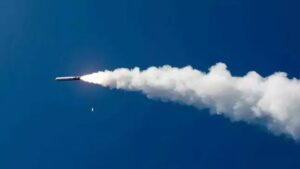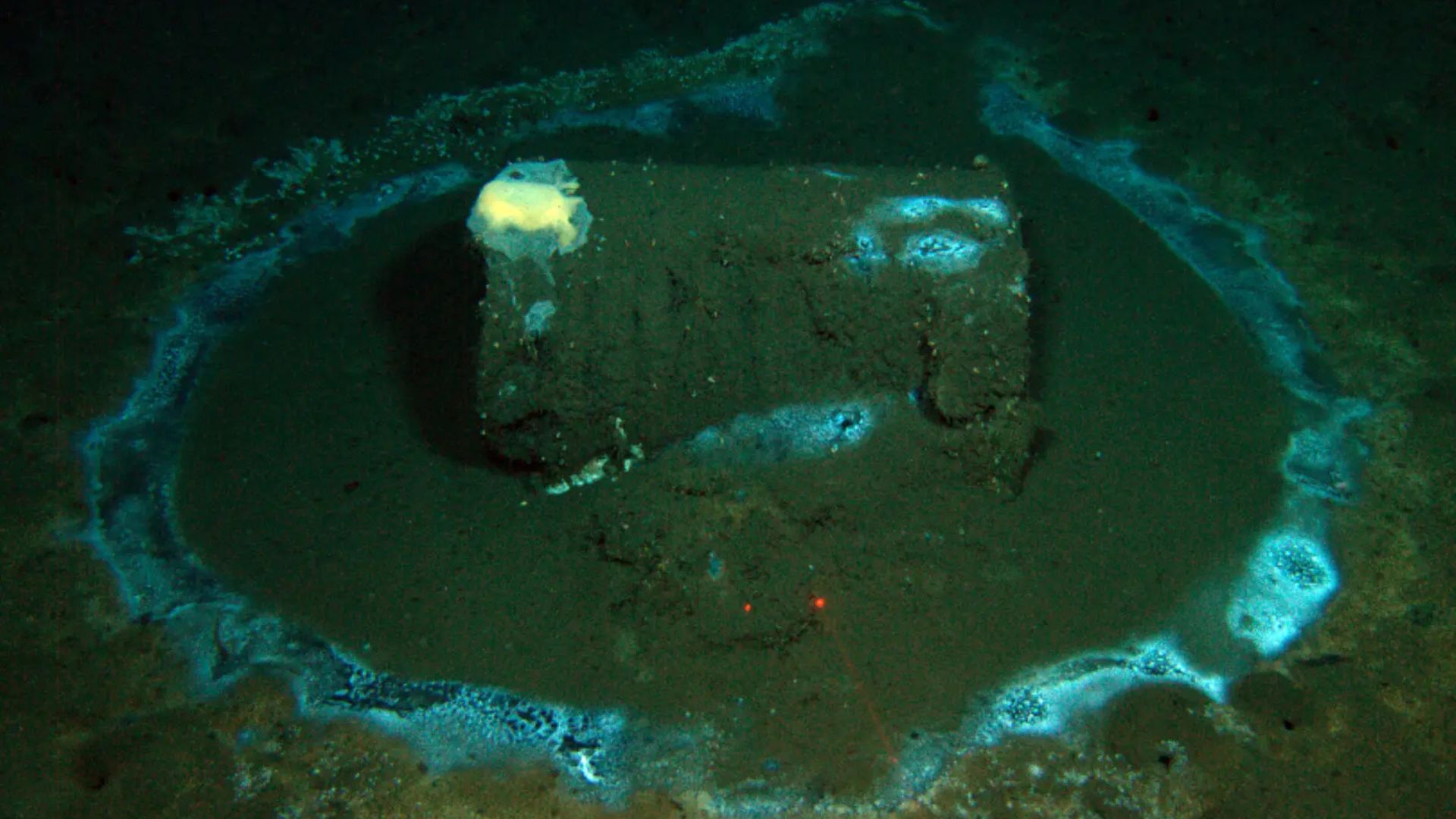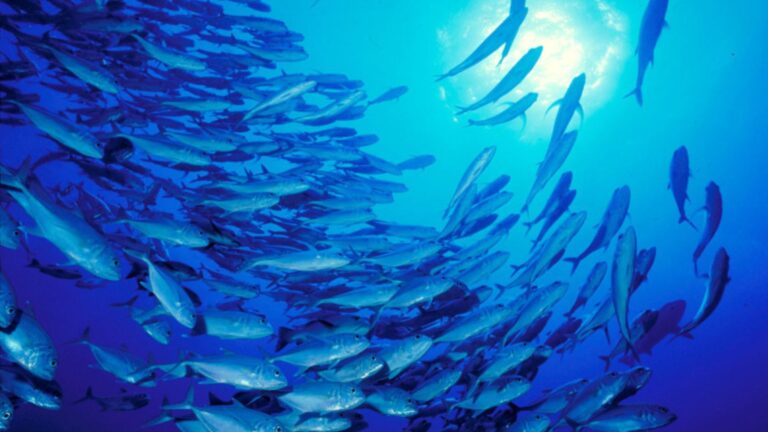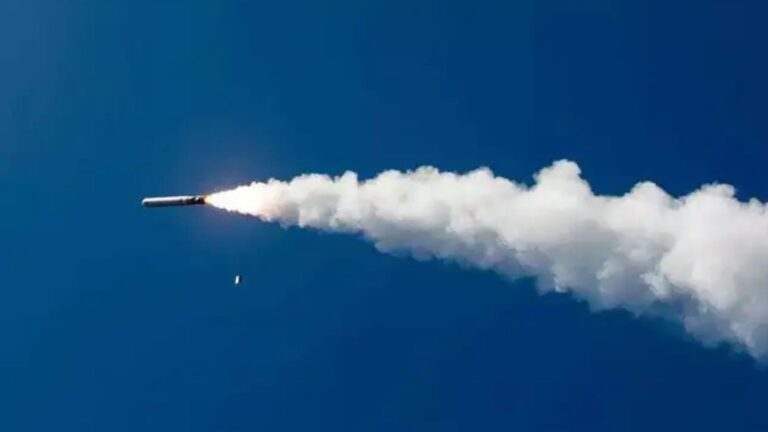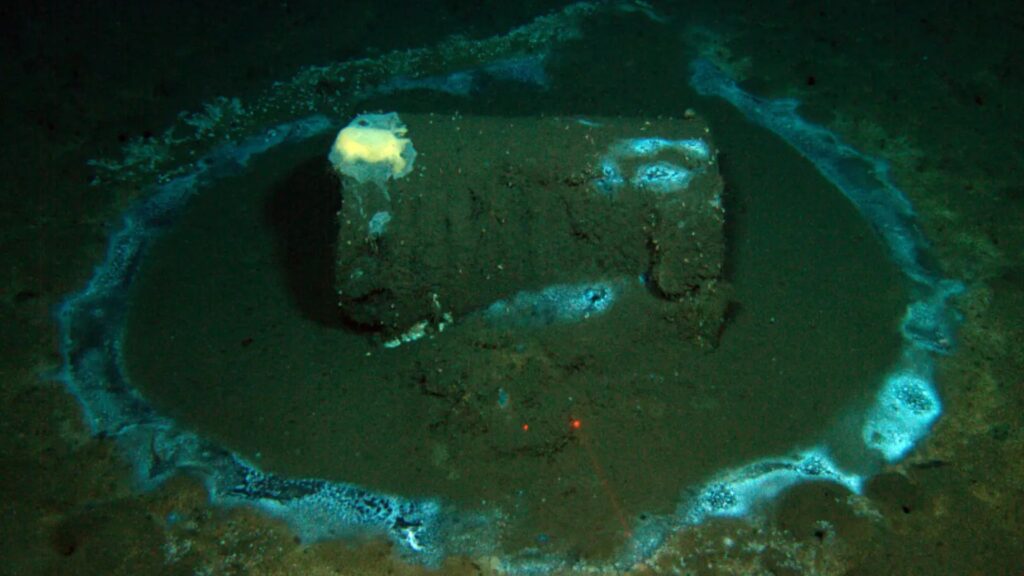
For years, scientists have been stumped by the ghostly white halos surrounding old metal barrels dumped on the ocean floor near Los Angeles. The leading theory was that the toxic pesticide DDT was to blame. But new research has just flipped that assumption on its head. It turns out the barrels are leaking a caustic alkaline waste so potent it’s transforming the seabed into an extreme, alien-like environment. This discovery adds a disturbing new chapter to the toxic legacy of legal ocean dumping that plagued Southern California’s coast for decades.
When a research team sent a remote vehicle down to investigate in 2021, they immediately ran into a problem. The mysterious white areas weren’t just dust; the seafloor had hardened into a crust so tough it was like trying to sample concrete. Lab analysis revealed the cause: highly alkaline industrial waste with a pH level around 12—similar to drain cleaner—had leaked from the barrels and reacted with magnesium in the seawater, forming a mineral called brucite. This process creates an environment so harsh that only highly specialized bacteria can survive, leading one scientist to wonder, “What was worse than DDT acid waste to deserve being put into barrels?”
This chemical reaction isn’t just a historical footnote; it’s an ongoing environmental issue. The alkaline waste has created bizarre ecosystems dominated by “extremophile” bacteria, the kind of life you’d normally find near deep-sea hydrothermal vents or in alkaline hot springs. Meanwhile, the small animal biodiversity that should be there has been wiped out. Researchers were stunned by the sheer persistence of the contamination. “It’s shocking that 50-plus years later you’re still seeing these effects,” said Paul Jensen, a senior author of the study, noting that the waste has become a long-term pollutant instead of simply diluting in the vast ocean as expected.
This finding pulls back the curtain on a much larger problem. While DDT has gotten most of the attention, it’s clear it was far from the only hazardous material dumped into the ocean. Records show that at least 14 deep-water sites off the coast were used as dumping grounds for everything from refinery sludge and chemical waste to military explosives and even radioactive materials. With potentially tens of thousands of barrels still unaccounted for, researchers now realize we’ve only been looking for one piece of a much bigger, more toxic puzzle. And unfortunately, simply removing the barrels isn’t an option, as it would likely stir up the contaminated sediment and make the problem far worse.


